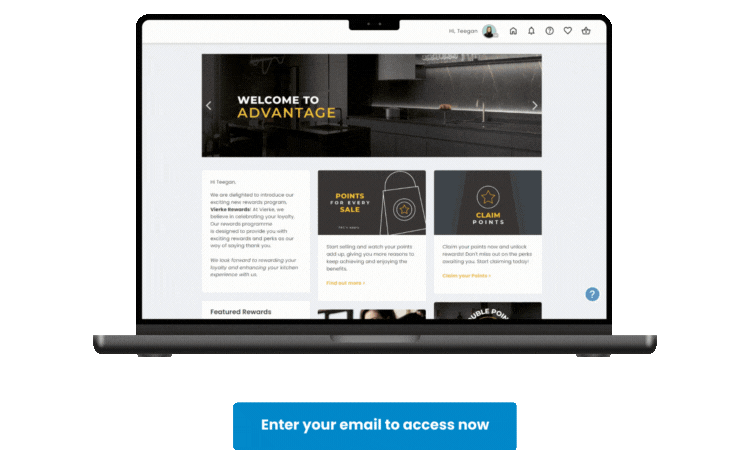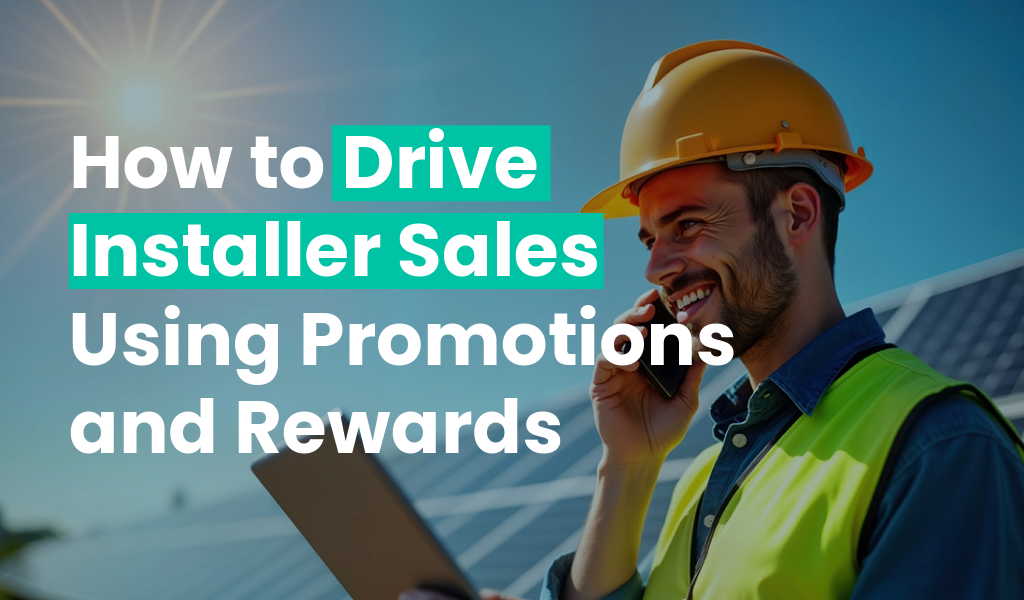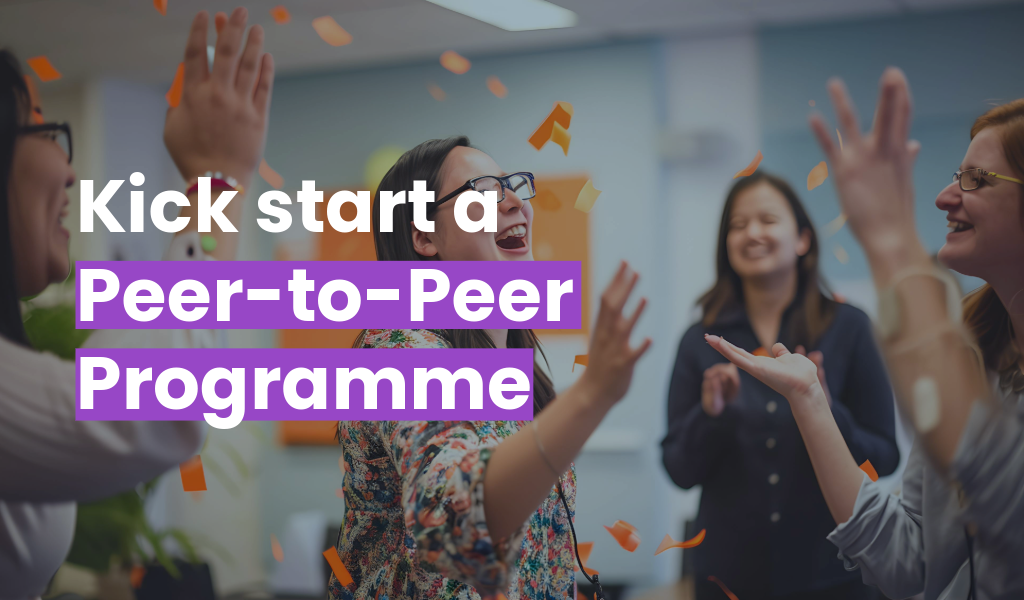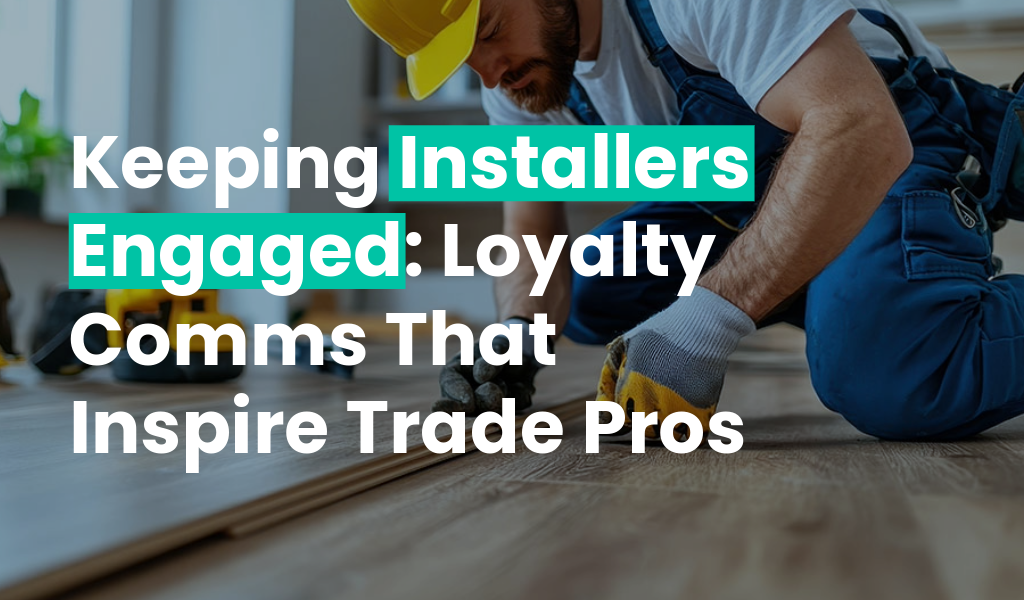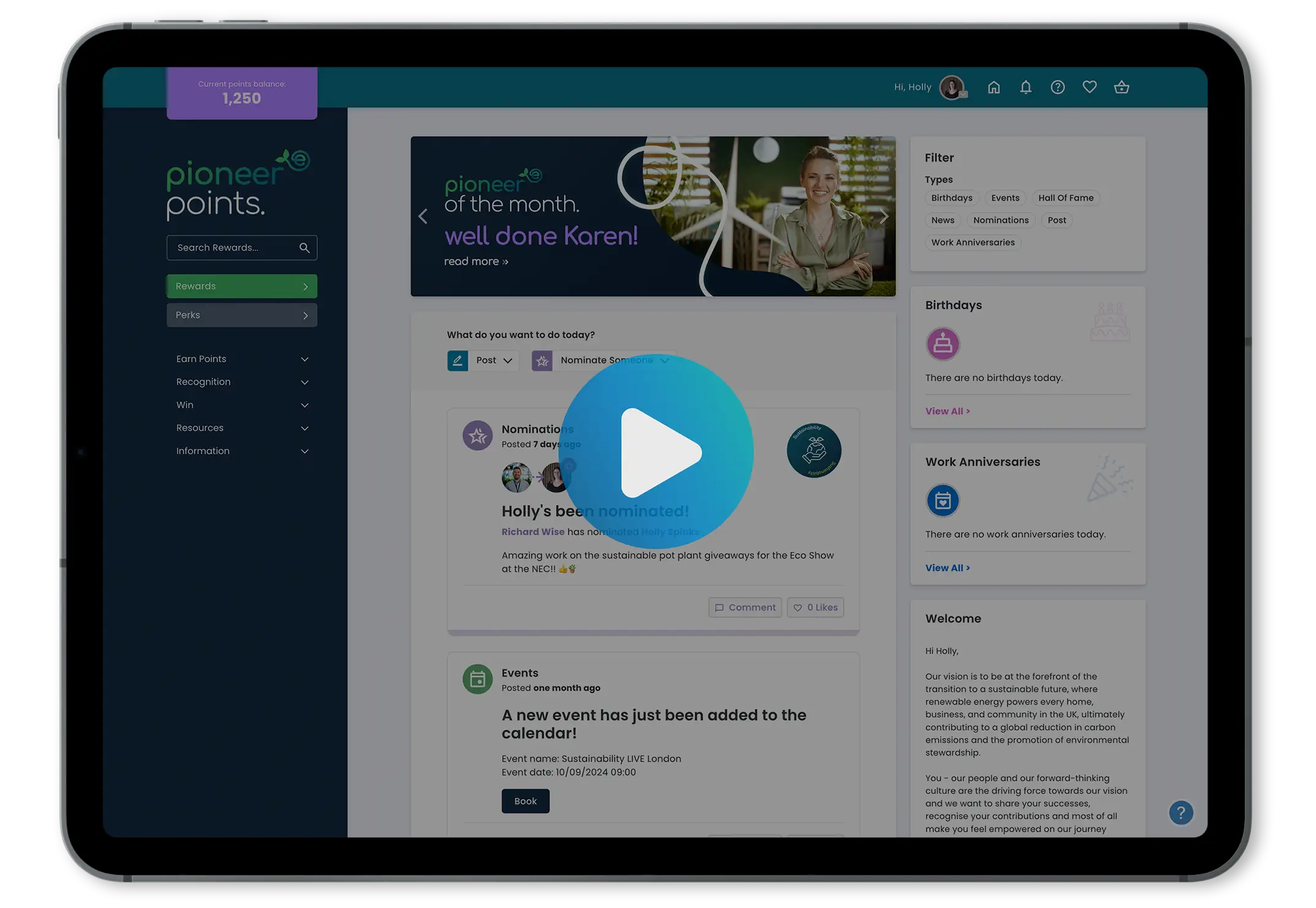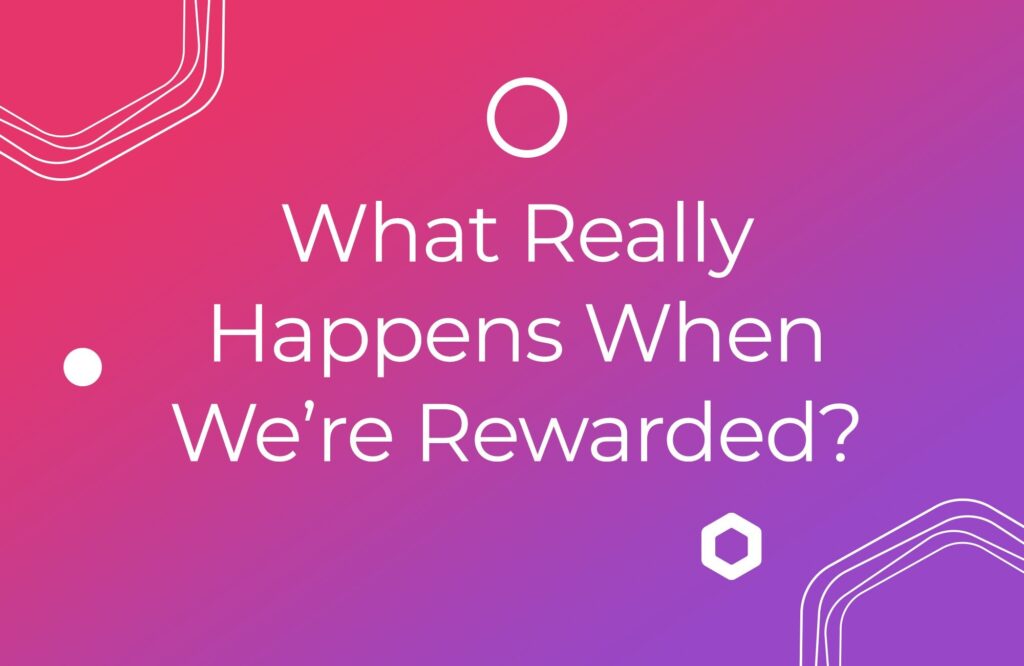


There are few things more motivating than the promise of reward.
Whether you’re standing at a claw machine patiently tussling with the pathetically loose grip of the claw, or you’re rounding the final corner in the marathon and listening to those first few cheers of the crowd, the promise of something good – particularly when you know you’ve earned that something good – is a feeling we all love to experience, and to look back on fondly.
Often, that promise alone is enough to get you pushing a little harder or coming back for a little more – even if it means wasting all your change on the claw machine.
It’s no mystery why rewards are motivating. Rewards are, by definition, things we want – they’re something that makes expending energy or time or money worthwhile. That much doesn’t really need explaining.
But motivation is an interesting phenomenon. Whether you’re looking to drum up business through loyalty incentives or get a flagging workforce or channel reinspired, understanding how motivation really works – the difference that the right rewards bring to the table – is the key to maximising positive behaviours.

The Chemistry Behind Rewarding
When we’re rewarded for something, our brains release a hormone called dopamine in a part of the brain called the nucleus accumbens. Dopamine is one of the brain’s happy chemicals; it gives us an experience of pleasure and satisfaction, which, as a result, motivates us to repeat whatever behaviour caused its release in the first place.
It’s a key process that doesn’t just help us to feel good and pursue the things that make us happier – it enables us (and other animals) to form associations that enable us to survive and thrive. Successful foraging or hunting, creating a safe and comfy bed for the night, and outrunning predators are all cause for a dopamine release, just as getting past a tough level on Candy Crush or making a trick shot into the wastepaper basket give us a little bump on a Wednesday afternoon.
This is the core line of reasoning behind customer loyalty and channel incentive programmes. We like to be rewarded because it feels good, and the right rewards will instinctively motivate us to repeat the same behaviours again. There are some very specific, desirable behaviours we want to encourage from customers – specifically, getting them to spend more with us and less with our competitors, to the point where they represent a part of the core customer base. Motivating them is as simple as rewarding them in the right way.
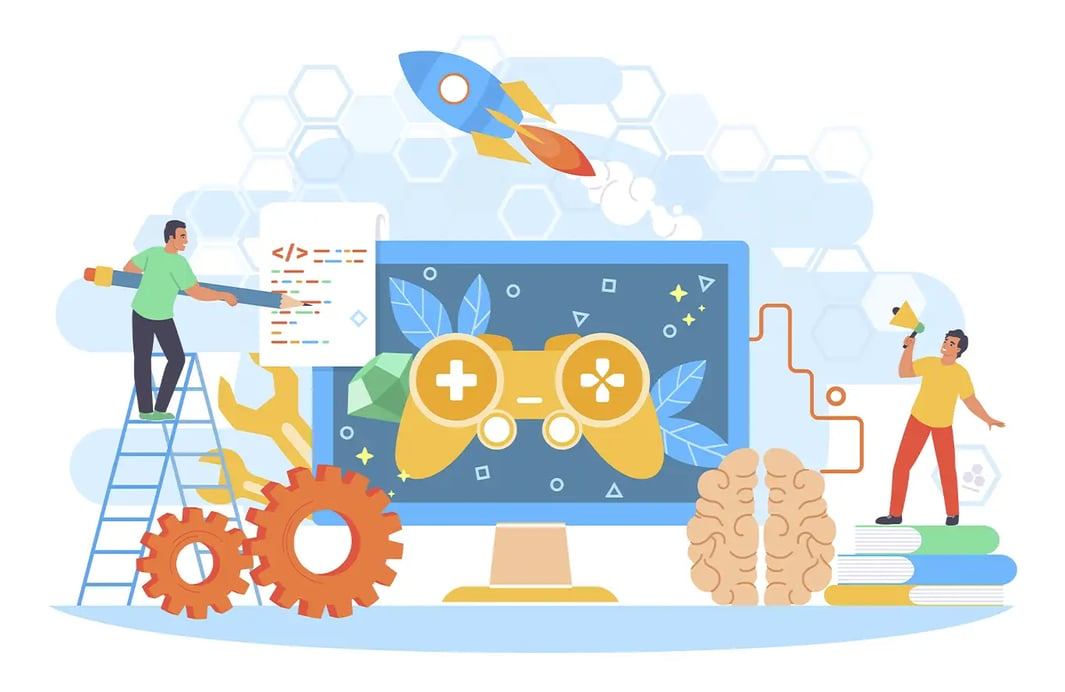
Gamification and Dopamine
One area that really optimises the science of rewarding and motivating is gamification – or, in other words, the process of turning relatively mundane things into things that stimulate our brains in the same way that games do. Video games, board games, game shows…they’re major triggers for that dopamine rush. While work is definitely far-removed from a round of Monopoly (unless you’re a landlord in Mayfair, of course), it’s more than possible to deploy a little dopamine-boosting gamification into the mix.
It’s a fascinating topic that our Incentivesmarties are always ready to talk about, and it’s one that underpins a lot of what we do to make our rewards platforms so compelling.
Clarity is fundamental to the success of a loyalty programme. People aren’t going to stick with it if the rules feel vague, erratic, haphazard, or ever-changing. Games set very clear rules to players, whether we’re talking about Tetris (stack the blocks) or football (get the ball in the net and don’t go offside). Successful gamification does the same thing; it creates clear parameters that enable users to work toward specific goals and, in so doing, motivate them to do just that.
This study is one of many that identified a clear link between gaming and the activation of the brain’s reward system — including plenty of dopamine releases. Clearing milestones, getting to the next level, and setting oneself goals (and eventually reaching those goals), are sure fire ways to feel a sense of pride, achievement, and satisfaction.
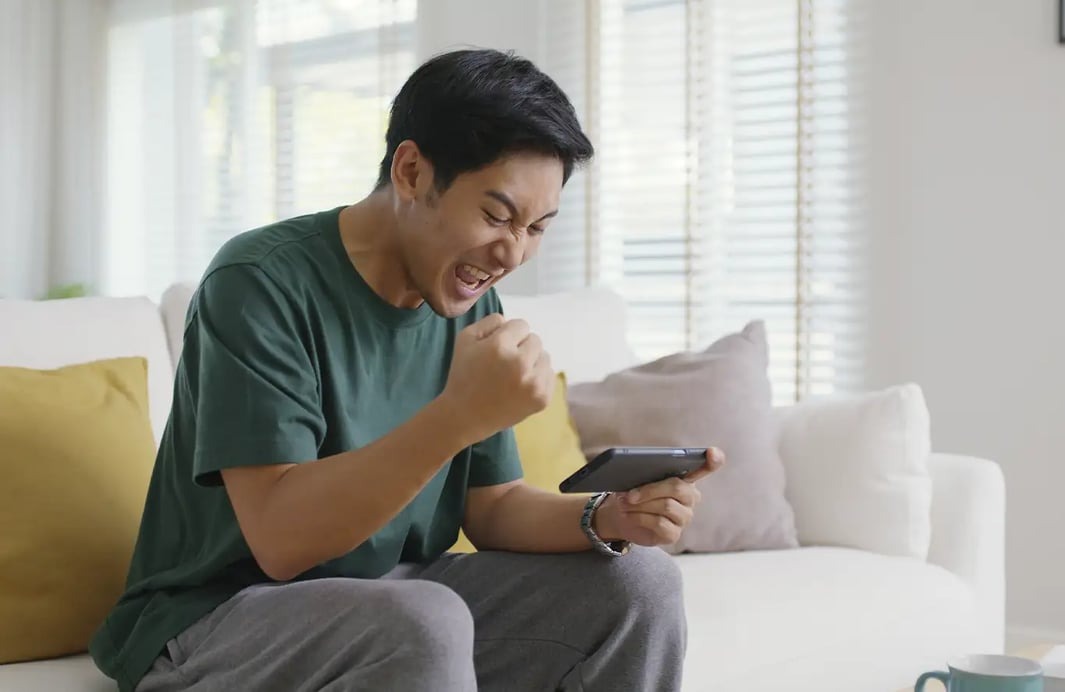
Gamification, Dopamine, Loyalty, and You
Putting it all together is what we do here at Incetivesmart. Building a number of gamified elements into our loyalty programmes doesn’t just work at boosting uptake among customers — it’s also an excellent way of ensuring a bountiful supply of customer data and insights comes your way.
We’ve written a full guide to the relationship between gamification and data but suffice to say that the right approach is the key to creating more meaningful relationships with customers predicated on personalisation and better communications.
B2B loyalty doesn’t have to be dry or procedural. A little dopamine release is all it takes to get your customers motivated.
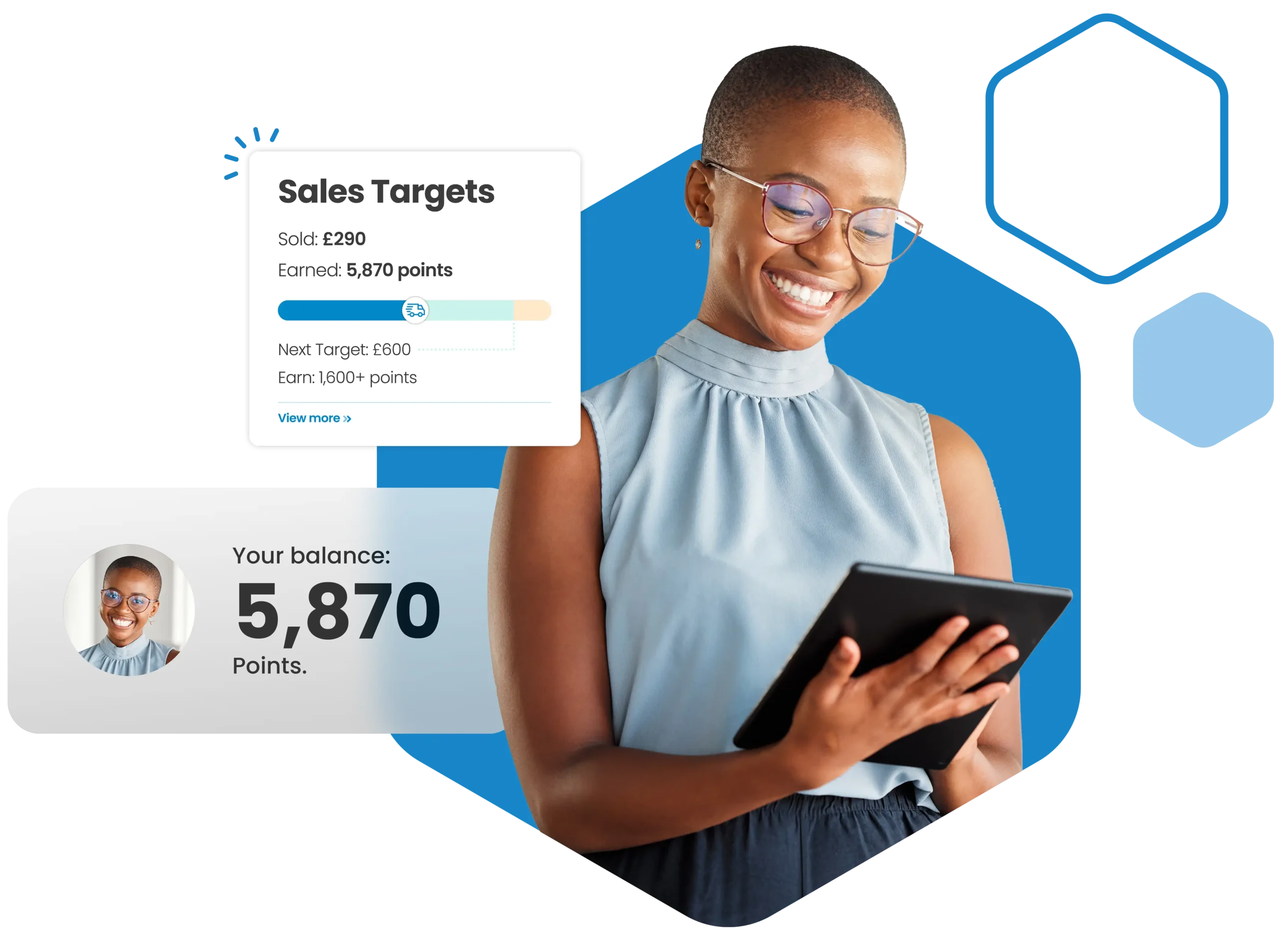

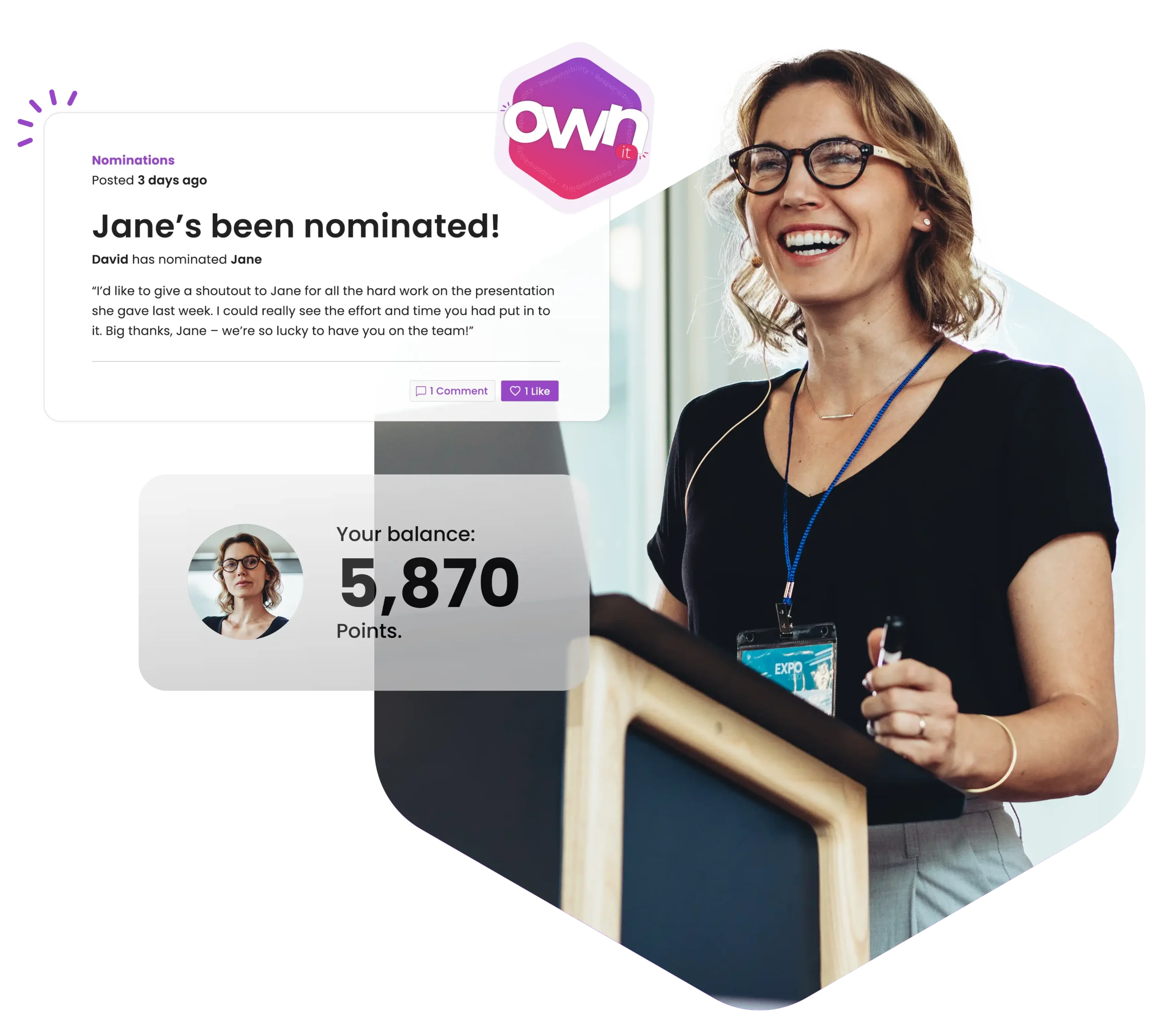
![How to keep customers coming back for more{{ include_custom_fonts({"Poppins":["Semi Bold"]}) }}](https://no-cache.hubspot.com/cta/default/5921162/interactive-188375258646.png)
